Before and after photos show devastating effects of intensive logging on BC’s old-growth forests
November 22, 2022
Canadian Geographic
By Madigan Cotterill
Conservation photographer TJ Watt advocates for the protection of old-growth ecosystems by documenting the loss of giant trees
For…
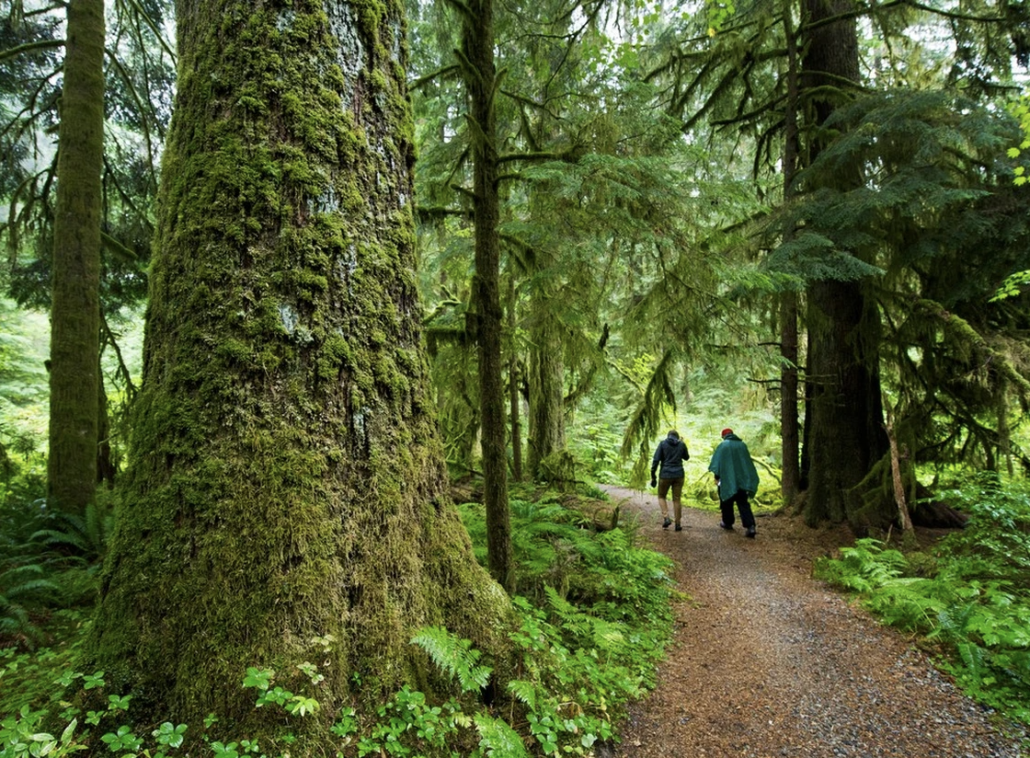
Businesses join environmentalists to push BC’s premier to protect biodiversity
November 21, 2022
Vancouver Sun
By Rochelle Baker
Federal government is willing to spend millions to reach its international commitments to products natural areas
Businesses are urging the BC…
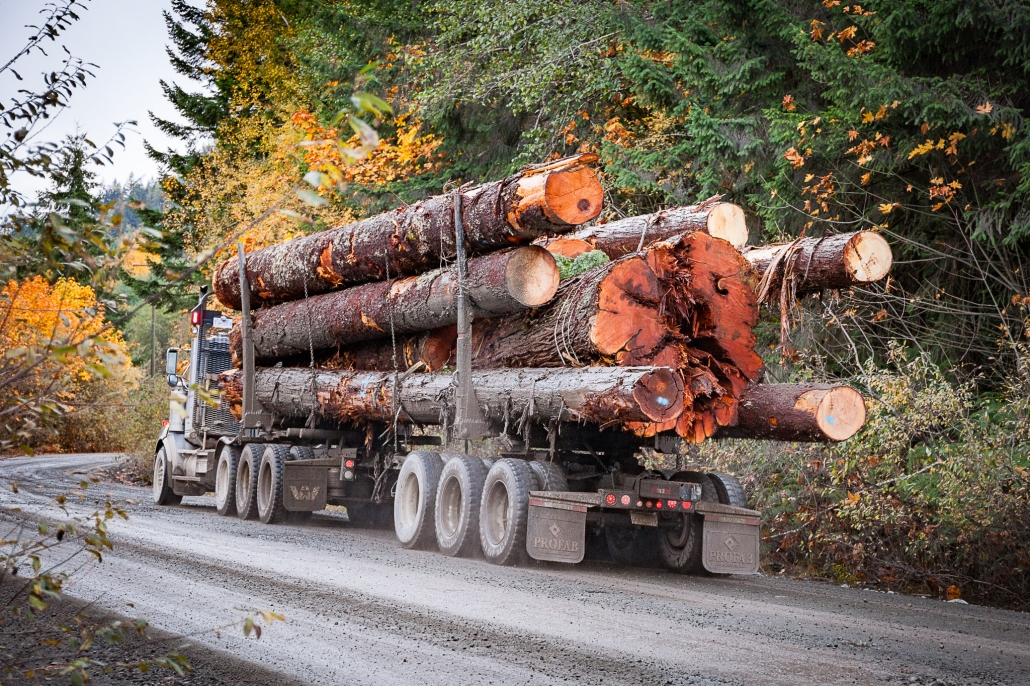
BC hasn’t taken $50 million federal offer for old-growth forest protections
November 9, 2022
The Narwhal
By Sarah Cox
In August, as Minister of Environment and Climate Change Steven Guilbeault prepared to visit an old-growth forest park in West Vancouver, his office drafted…
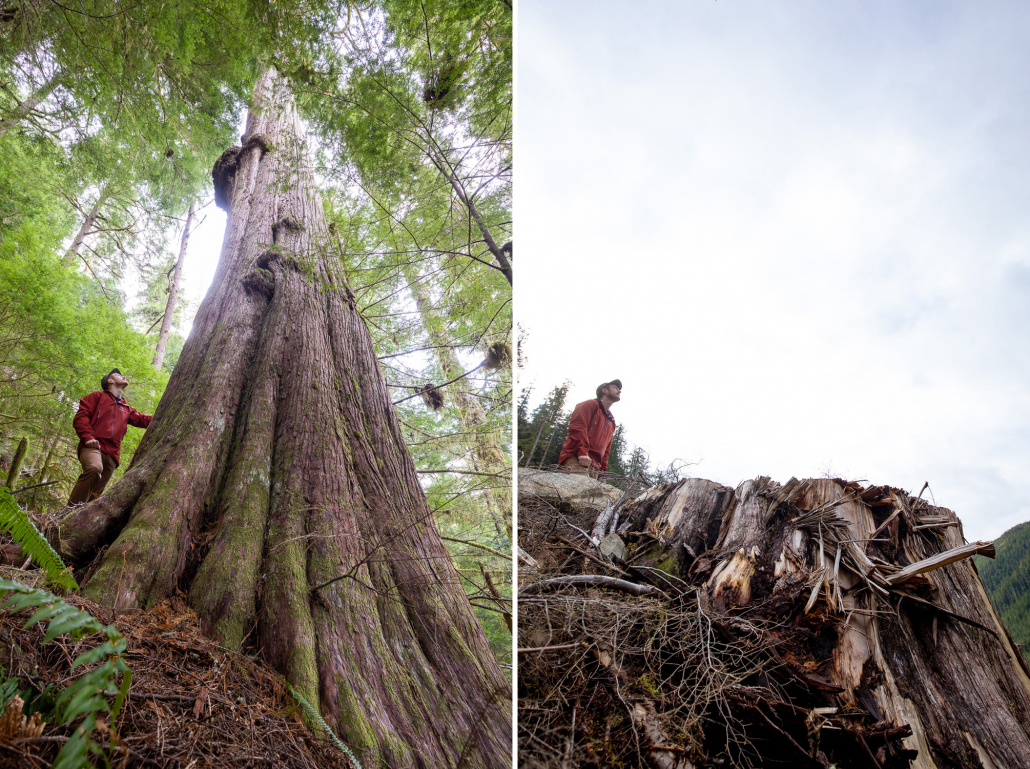
Conservation group calls for protection of old-growth on Vancouver Island (PHOTOS)
October 18, 2022
Victoria Buzz
By Curtis Blandy
A new series of photos has been released by the Ancient Forest Alliance to call for conservation of old-growth forests that are being affected by…
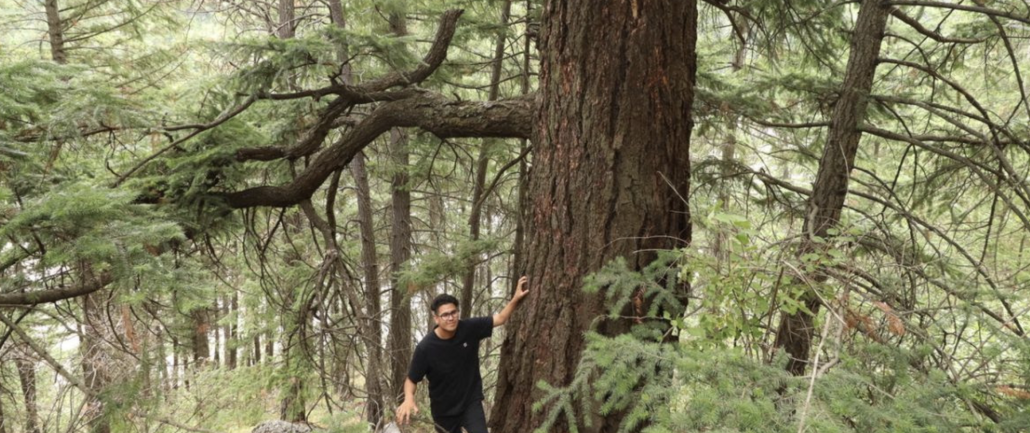
Conservation group buys stand of majestic old-growth as gift for First Nation
October 11th
National Observer
By Dani Penaloza
A rare section of diverse old-growth forest in BC, where the coastal rainforest meets the dry interior, has been purchased by a conservation organization…
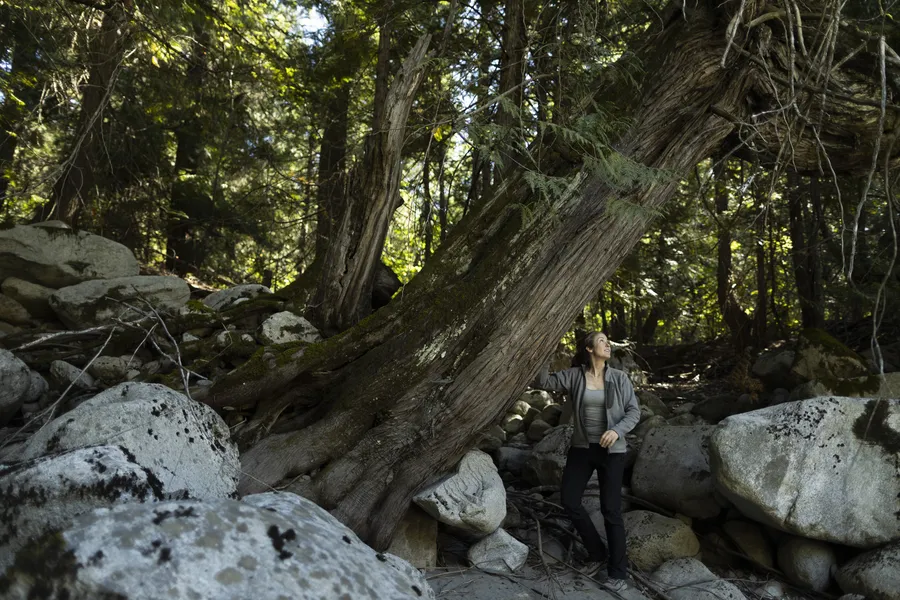
BC Indigenous conservation plan gets private backing
October 10, 2022
The Globe And Mail
By Justine Hunter
Battered by climate disasters, community at Kanaka Bar looks to protect old growth forest and restore ecosystems in a way that supports the…

Band in BC’s Fraser Canyon proposes to protect, manage 350 sq. km swath of land
July 19, 2022
The Abbotsford News
By Jessica Peters
Indigenous petroglyphs, old growth forest, cultural significance at further risk: Kanaka Bar Band
The wildfire that’s moving through the forests…

Canada’s fourth-widest tree located in North Vancouver, estimated to be over 1000 years old
June 27, 2022
City News
By Monika Gul
One of the widest trees in Canada was found in the Lynn Valley area of North Vancouver.
The tree, nicknamed “The North Shore Giant”,…
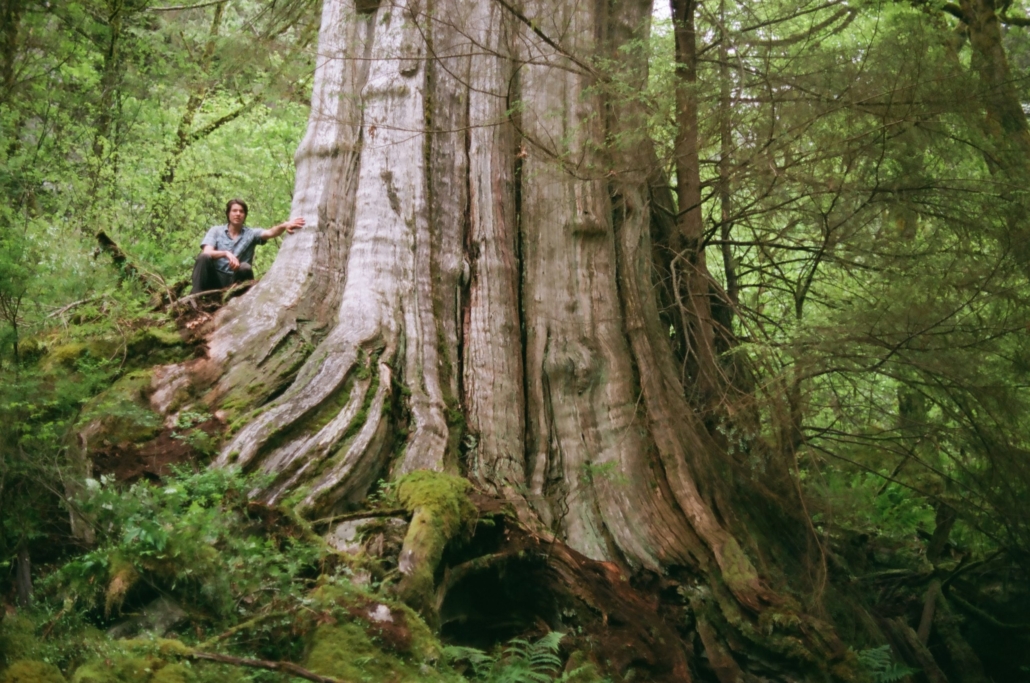
CBC News Vancouver: North Shore Giant
CBC News Vancouver has featured AFA’s Ian Thomas and Vancouver big tree hunter, Colin Spratt on their recent finding of a record-sized western redcedar nicknamed the “North Shore Giant”. See 20:20…

Giant tree found in North Vancouver could be Canada’s fourth widest
Ancient Forest Alliance’s Ian Thomas and Vancouver big-tree hunter Colin Spratt have located Canada’s fourth-widest tree, nicknamed the "North Shore Giant" in the Lynn Headwaters Regional Park in North Vancouver. Read more.
